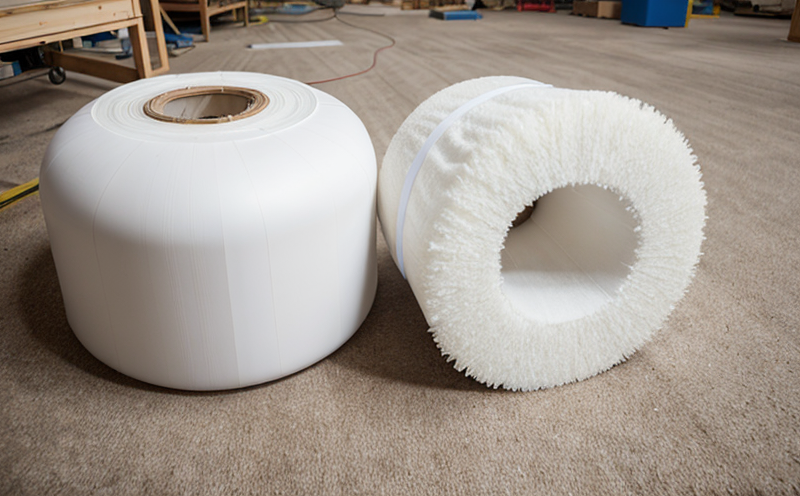ISO 10847 Measurement of Airborne Sound from Pipe Systems
The ISO 10847 standard provides a method for measuring airborne sound emissions from pipe systems, which is crucial in various sectors such as building and construction, HVAC (Heating, Ventilation, and Air Conditioning), plumbing, and industrial facilities. This service ensures compliance with international standards aimed at minimizing noise pollution and enhancing acoustical performance.
The standard is particularly relevant for those involved in the design, installation, and maintenance of pipe systems that may emit airborne sound. Compliance with ISO 10847 helps ensure that these systems meet specified acoustic levels, thereby protecting public health and comfort. The measurement process involves placing a microphone at a specific distance from the pipe opening to capture sound emissions. This data is then analyzed using prescribed procedures.
The service offered includes detailed testing methodologies for various types of pipe materials such as PVC, copper, steel, and composite pipes. It also covers different system configurations including single-pipe outlets, branch connections, and complex network systems. Understanding the acoustic behavior of these systems is essential to mitigate noise issues in residential areas or industrial environments.
Testing according to ISO 10847 helps identify potential sources of excessive noise that could lead to complaints from neighbors or workers. By adhering to this standard, clients can ensure their products comply with international regulations and achieve market acceptance. The service also includes comprehensive reports detailing test results, which are invaluable for quality assurance purposes.
Our team uses state-of-the-art equipment calibrated according to ISO standards to perform these tests accurately. This ensures reliable data that can be relied upon by clients for making informed decisions about their product designs and specifications.
The process begins with careful preparation of the piping system, ensuring it is in good condition before testing commences. Once prepared, our technicians position microphones at designated points around the pipe opening to capture sound emissions over a specified duration. Data collected during this period is analyzed using software compliant with ISO 10847 guidelines.
Based on these measurements, we generate detailed reports highlighting key findings and recommendations for improvement if necessary. These reports serve as valuable tools for both quality assurance teams and R&D departments to refine future iterations of their products.
Compliance with ISO 10847 is essential not only for regulatory reasons but also because it enhances the reputation of manufacturers who demonstrate a commitment to producing quieter, more efficient pipe systems. This can translate into competitive advantages in the marketplace where noise control has become increasingly important due to growing environmental awareness and health concerns.
Our laboratory adheres strictly to ISO 10847 standards throughout every phase of testing, from initial setup through final analysis, ensuring accurate and reliable results that meet international benchmarks.
Frequently Asked Questions
- Our laboratory follows ISO 10847 standards rigorously throughout all phases of testing.
- We provide detailed reports highlighting key findings and recommendations based on our analysis.
- The test process involves careful preparation, positioning microphones at designated points around the pipe opening to capture sound emissions over a specified duration.





